Types of mattresses

When thinking about buying a mattress, it is important to keep in mind all the subtleties of the mat, because the usefulness and comfort of sleep depends on it. Since it is difficult to afford rest in the fast paced rhythm of the day, at night it should be as useful as possible, reducing muscle tension. Modern brands offer a huge list of mattresses for different tastes, but often the choice can hardly be called successful: the description of the models is incomprehensible, and the advertisements of the sellers say nothing. In fact, it's easy to understand what's what, knowing the structural features, advantages and disadvantages of mattresses.

What are they?
All existing types of mattresses can be divided into three groups:
- springless;
- spring;
- inflatable.
When it comes to daily use, you should pay attention to the first two types: rubber air mattresses are harmful to health, although they have the ability to vary the volume, height, and are mobile during transportation.
The main competing lines are mats with and without springs. It is impossible to single out one of them, since in each collection there are mattresses that are worthy of attention and purchase.
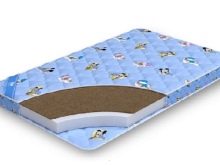
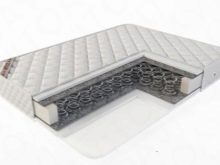

Features and Benefits
Both types of modern mattresses have similarities and advantages. They:
- performed using a modern hypoallergenic type filler with antimicrobial impregnation (silver ions), resistant to the formation of fungus, mold, not amenable to decay and moth attack;
- can have three degrees of block stiffness, each of which is designed for its own indicator of the maximum permissible load on the berth (soft, medium-hard and hard);
- based on quality and practical characteristics, suitable for people of different body size and health (availability of orthopedic designs and materials with support for even distribution of the load on the user's body);
- depending on the selected model and type of fillermay have a long service life (up to 12-15 years or more);
- performed in the classic version and with the additional effect of providing the user with maximum comfort during rest (varying surface hardness);
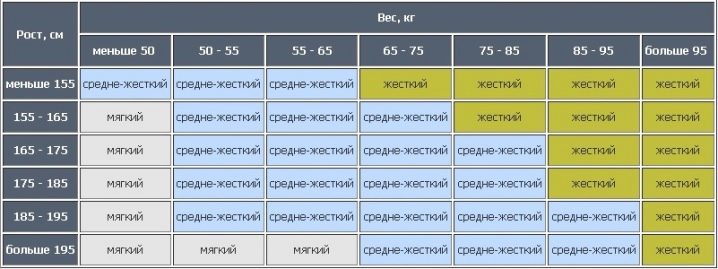
- have rolled mattresses in vacuum packaging in their rulers with evacuated air for ease of transportation (with the exception of mats with a frame that is not intended for folding);
- based on the cost of raw materials invested, differ in a wide range of costs, allowing each buyer to find the only correct and convenient option without sacrificing budget and preferences;
- depending on dimensions, suitable as a bed on a bed, sofa (without a gap and bending of the block), are able to organize a "bed" on the floor;
- are unilateral or bilateral, with symmetrical and asymmetrical addition of two sides of the block;
- in most cases, they are not only mass-produced: due to modern professional equipment, they allow the production of non-standard single models at the request of the client, taking into account the specified parameters and filling.
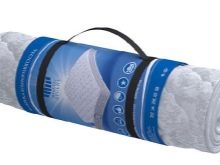
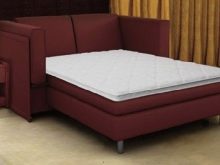

disadvantages
Each species has weaknesses. The disadvantages of both types include:
- by no means always the lifting cost of complex structures with high-quality filling;
- short service life of models with a soft base made of cheap material;
- the difficulty of transporting bulky and large mattresses (especially on springs);
- the ability of mattresses to fail with excessive children's activity and misuse (jumps, jumps).
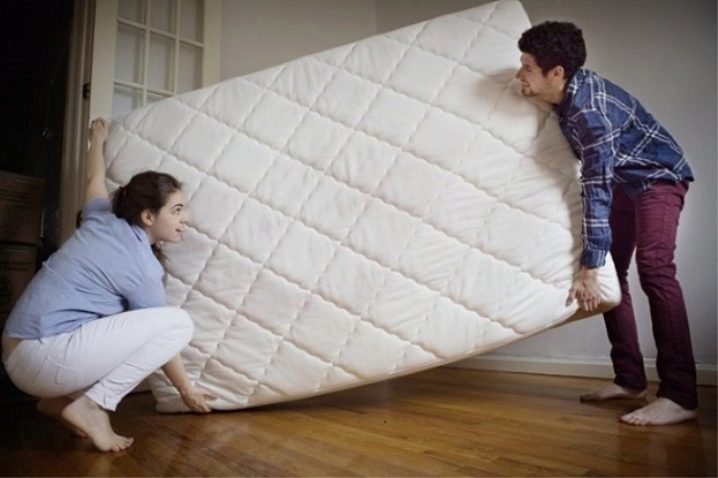
What is the difference?
There are many differences between springless mattresses and their spring counterparts. Basically, they are all based on the structure of the block. It is due to this that the characteristics of the models are different.
Springless models
Springless mattresses are of two types:
- monolithic - a mattress made of one solid layer of filler of the same length and width;
- composite - a variant consisting of several layers of packing of different composition.
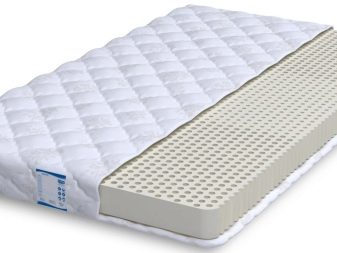

The monolithic mattress is divided into two categories:
- adapting to the anatomical features of the user;
- not accepting the contours of the body and forcing a person to independently get used to the type of surface.
The composite version is divided into two types:
- combined type models, leaving a thick layer of the main filler in the middle of the block, supplemented with various additives to vary the degree of hardness;
- constructions of a layered plan, consisting of layers of the same thickness of different packing, differing in density and elasticity.
The uniqueness of springless fillers is their excellent compatibility with each other. Due to this, it is possible to change the properties of the mattress, making its surface more comfortable and comfortable for the user's body.
In addition to excellent compatibility with each other, springless paddings are complemented by mats with springs, because the metal structure itself is not a full-fledged mattress.

Filling blocks
Fillers of natural and artificial origin are involved in the development of high-quality blocks of two types. In a competitive environment, brands offer a wide range of models made from the best raw materials, including:
- natural latex;
- artificial latex (PPU);
- coconut coir;
- struttofiber;
- holofiber;
- holcon;
- thermal felt;
- cotton;
- linen;
- sheep and camel wool;
- polypropylene;
- viscoelastic memory foam.
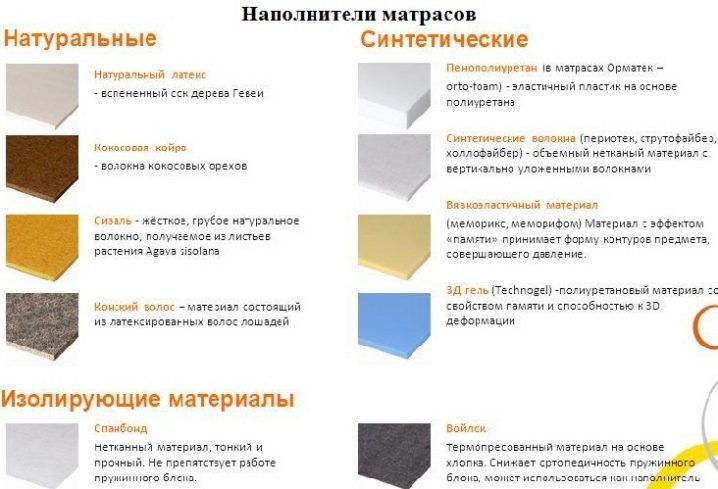
Features of spring blocks
All spring models are divided into two types:
- dependent type, in which twisted vertical elements are connected to each other and the frame, making up a single mesh;
- independent springs, which are springs in "clothes" from individual textile covers slightly smaller than the spring in size, fixed by means of the packaging textiles.

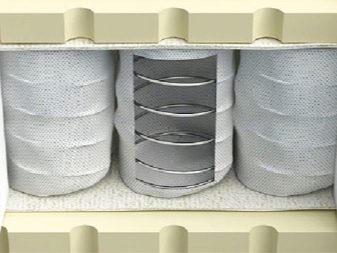
Dependent type models are equipped with double-cone springs, unstable to lateral deformation and sharp loading. Independent plan variants consist of cylindrical springs with tapered ends. Noticing the multi-colored clothes of dependent springs in the picture when choosing a block, you can understand: this is how a specific zone with different pressure levels is indicated.
The difference between the structure of the two meshes is small, but the work of the springs is fundamentally different.
In a mattress of the dependent type ("Bonnel") under a weight load, not only the working springs bend, but also those that are located next to them. This leads to the formation of a pit and an unnatural sleeping position. In the block of "packed" springs (Pocket), only those springs that are under pressure are used. In this case, the degree of load on each section of the block is different.
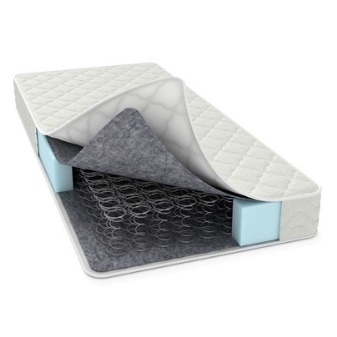
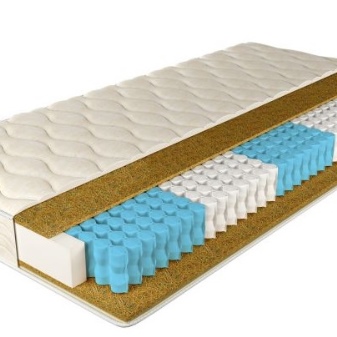
Pocket can have two modifications: "Micropackage" and "Multipackage". The difference between these systems is the number of springs per square meter (from 600 to 2000 pcs.). The more springs in the mesh, the smaller they are (in height and diameter), and the block's rigidity and surface hardness are higher. However, a maximum of springs does not mean quality at all - the main thing is that the wire thickness is at least 2 - 2.5 mm.
Another interesting version of the spring block is the Duet model with double springs, in which elements of a smaller diameter are inserted into the springs of a larger one. Such a system is made to enhance the reliability of the mattress, it differs in the double work of the springs: under normal load, only external ones work, when the pressure is high, additional (smaller) springs are used.
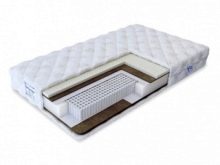
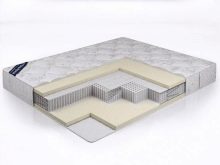
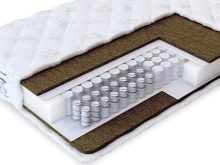
What are the best models?
In the line of every modern manufacturer, there are several models that are favorites among the rest.
These mattresses include:
- orthopedic mattresses with a hard base;
- double-sided mats with varying degrees of side rigidity (medium-hard and hard sides);
- double-sided versions with thermoregulation (models "winter-summer" with a warm side of sheepskin and a cool side of cotton or linen);
- mattresses with varying degrees of rigidity on one side (products for two places with a large difference in the weight of partners);
- anatomical options made of memory foam that can envelop the user's body when heated.
These models provide a comfortable and comfortable sleeping environment quite well. However, it is worth remembering: if you have a disease of the musculoskeletal system, you cannot do without consulting an orthopedic surgeon before buying. The fact is that with different pains in the back area, the mattress model can aggravate the course of the disease.
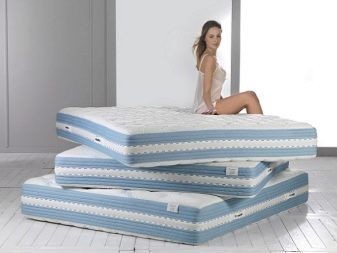
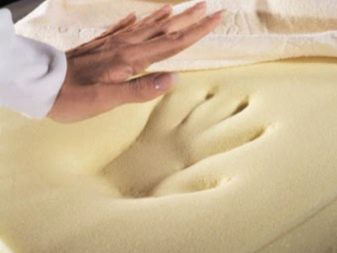
How to choose?
The choice of a quality mattress cannot be unambiguous. Each user has their own preferences. However, if we compare the orthopedic effect, springless mattresses are better in this regard. They are the hardest and most durable of the two types.
Such mats are safe: there is no metal in them, which, under increased pressure and many years of operation, can break through the layers of the filler and injure the body. They do not build up static electricity, so they will not cause morning headaches, dizziness, and general overwhelm.
The best models of the springless line are models made of natural materials: latex (a derivative of the sap of the Hevea rubber tree) and coir (a product of processing of the coconut pericarp). They are durable, hypoallergenic, and are flawless materials with an orthopedic effect.
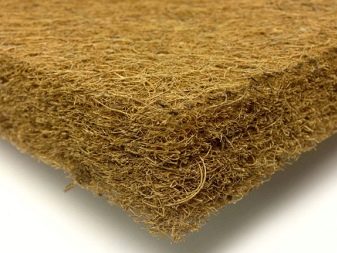
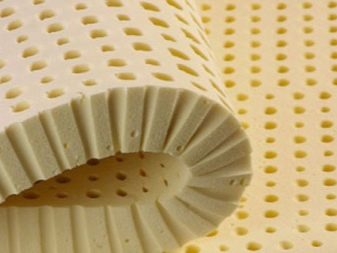
If the budget does not allow, you should pay attention to models made of synthetic latex or polyurethane foam of the HR type with latex impregnation.
In terms of properties, it is as close as possible to latex, although not as elastic, but rather tough and durable. If your muscles are flabby and your health is weak, you can take a closer look at a memorix (orthopedic foam) mattress. Those who are constantly freezing and are familiar with osteochondrosis, radiculitis should give preference to the "winter-summer" models, supplemented on one side with sheepskin wool. Due to the "dry" heat, the body will be created as warm as possible without overheating. In summer, it is not hot on such a mattress: turning it over to the other side (with cotton), the surface of the block will not be wet.
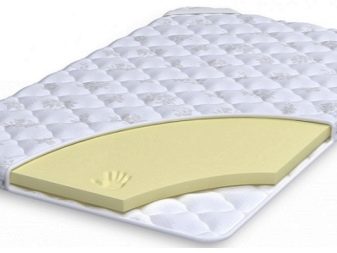
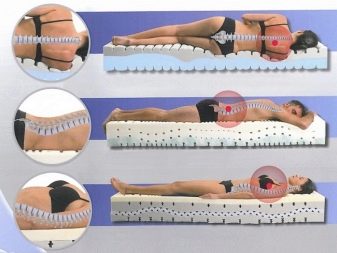
If you choose from mattresses based on springs, you should give preference to models with pocket (closed) springs.
They do not harm health, are more resistant to stretching, have the correct support for the user's body in any position (lying on the side, back, stomach, sitting). However, if they are soft, the mattress will not last long: the optimal number of springs per meter should be at least 500 - 600 elements. Besides the base, a good block is complemented by a layer of perforated latex and coconut coir (more than 1 cm).
Ideally, the mattress should have a removable zip cover in a practical color. It is good if the textiles are moisture-proof, treated with antimicrobial impregnation and have a volume due to the synthetic winterizer layer.
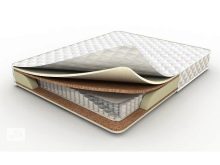
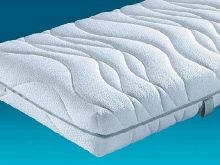
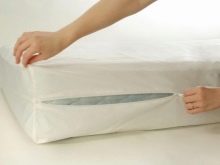
Knowing the description of the main characteristics and manufacturing features, it will not be difficult to choose the desired option. When buying, it is important to find a middle ground, because each person's health is different.
See the following video for advice from a sleep doctor on how to choose a good mattress.













The comment was sent successfully.